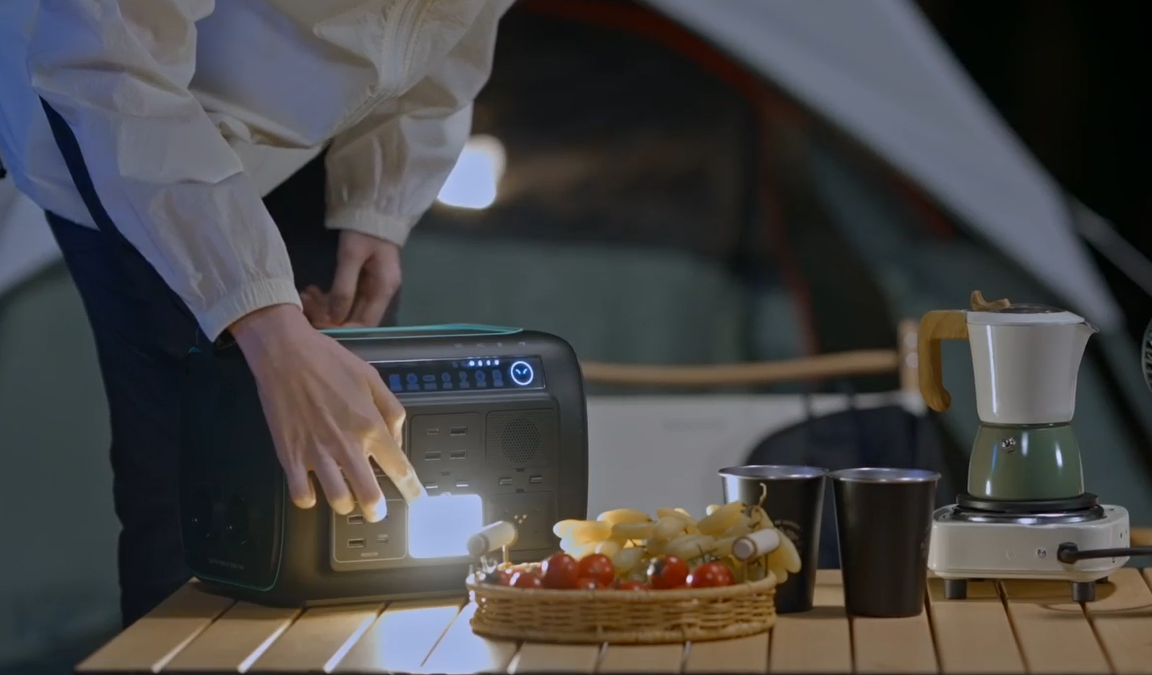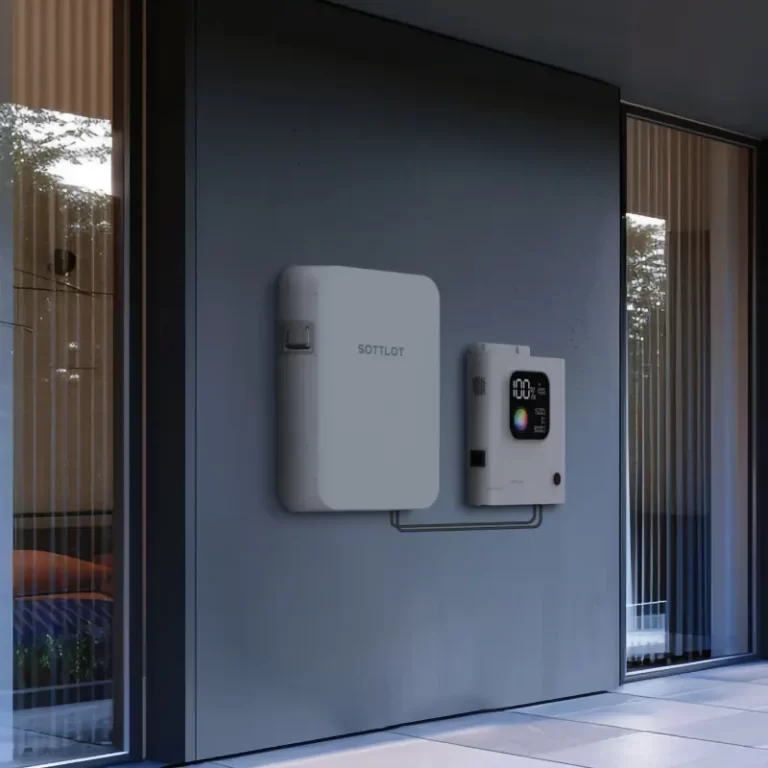Outdoor power supplies have become popular solutions for powering various electronic devices on the go. They offer a convenient and reliable source of energy, particularly for camping travel, in remote locations, or during emergencies. However, the efficiency of an outdoor power supply’s battery plays a crucial role in determining its overall performance.
1. Battery Technology and Capacity
The battery technology used in outdoor power supplies greatly influences their efficiency. Lithium-ion (Li-ion) batteries are commonly employed due to their high energy density, lightweight nature, and longer lifespan compared to other battery types. They are capable of delivering a steady flow of energy with minimal power loss, resulting in efficient operation.
Battery capacity is another critical factor affecting efficiency. It determines the amount of energy a power supply can store and deliver. Higher-capacity batteries can power devices for longer durations, and support higher power for electrical appliances or tools, but they may also require more time to recharge. It is important to strike a balance between capacity and the intended usage of the power supply to optimize efficiency.
2. Battery Types and Sizes
Outdoor power supplies come in various battery types and sizes, each with its own advantages and limitations. Common Li-ion batteries currently on the market include LiMO2(ternary lithium) batteries and LiFePO4(Lithium Iron phosphate) batteries.
-
LiMO2 Battery
LiMO2 batteries excel in energy density, voltage, and high-power output, but they have a higher self-discharge rate and are less safe with a shorter cycle life.
-
LiFePO4 Battery
On the other hand, LiFePO4 batteries prioritize safety, longer cycle life, and temperature performance, but they have slightly lower energy density and higher cost.
-
Lead-acid and Nickel-based Battery
Apart from Li-ion batteries, other battery types also include lead-acid and nickel-based batteries. Lead-acid batteries are affordable but have lower energy density and shorter lifespans compared to Li-ion batteries. Nickel-based batteries (Nickel-Metal Hydride or Nickel-Cadmium) offer good energy density and can handle high discharge rates but suffer from memory effects and have limited capacity.
The choice between these battery types depends on specific requirements, such as the desired runtime, power output, safety concerns, and budget.
Battery size also plays a role in efficiency. Smaller power supplies with compact batteries are more portable but may have lower capacity and limited runtime. Larger power supplies, on the other hand, can accommodate higher-capacity batteries but may sacrifice portability.
Choosing the right battery type and size depends on individual needs and usage scenarios, and finding the right balance is crucial for maximizing efficiency.
3. Outdoor Power Supply Performance
Apart from the battery itself, the overall performance of an outdoor power supply affects its battery efficiency. Components such as the inverter, charge controller, and power management system impact how efficiently the battery is utilized and how effectively the power supply converts and delivers energy to connected devices.
-
BMS
Efficient power management systems (BMS) intelligently regulate power output, minimizing energy wastage and optimizing the battery’s performance.
-
Charge Controllers
Advanced charge controllers ensure safe and efficient charging, preventing overcharging or undercharging, which can negatively impact battery life and efficiency.
-
Inverter
The inverter, responsible for converting DC power stored in the battery to AC power for devices, should have high conversion efficiency to minimize energy losses during the conversion process. High-quality components and well-designed circuitry contribute to overall power supply efficiency.
4.Outdoor Power Supply Brands and Manufacturers
When investing in an outdoor power supply, it is crucial to consider reputable & innovative brands and manufacturers known for their quality, performance, and creative new products. Reputable & innovative brands often prioritize the use of high-quality components and have extensive research and development programs to improve battery efficiency.
Brands like SOTTLOT have 19 years of experience in the electronics industry. They have a track record of producing reliable and efficient products, backed by positive client feedback and warranties. They incorporate the latest battery technologies, advanced power management systems, efficient charging methods, and Innovative design into their products.
Additionally, reputable & innovative manufacturers invest in rigorous testing to ensure their power supplys meet safety standards and deliver optimal performance. They are also more likely to provide excellent customer support and after-sales service, addressing any concerns or issues promptly. Email: marketing@sottlot.com.
Efficiency is a crucial consideration when choosing an outdoor power supply. Battery technology and capacity, battery types and sizes, the performance of the outdoor power supply, and the reputable & innovative brands and manufacturers all influence the overall battery efficiency. By understanding these factors and making informed decisions, consumers can select an outdoor power supply that meets their power needs while maximizing efficiency and ensuring reliable and long-lasting performance.




